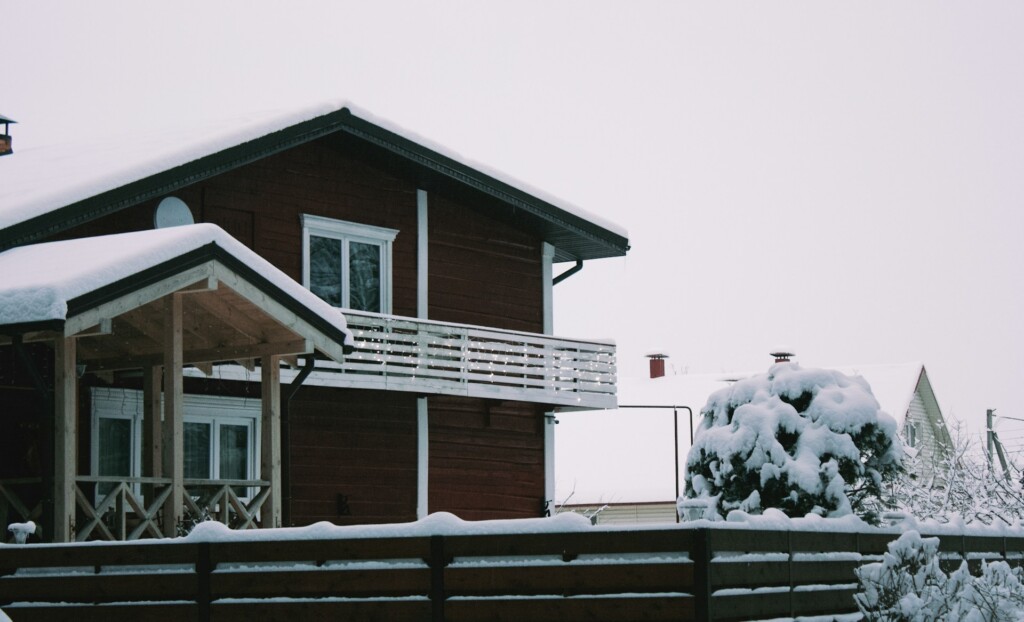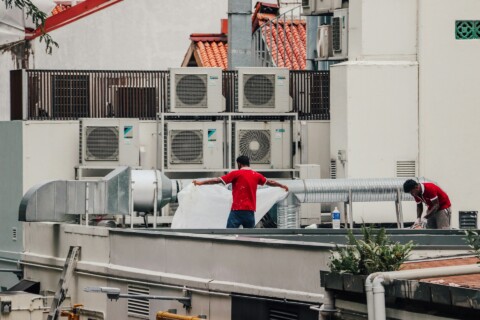When winter hits with freezing temperatures, your plumbing can be at serious risk. Frozen pipes aren’t just inconvenient; they can lead to costly damages, burst pipes, and water leaks. Fortunately, there’s a reliable solution to safeguard your pipes during icy weather.
Heating cables, also known as heat trace cables, have revolutionized the way homeowners and businesses prevent frozen pipes.
This blog explains how heating cables work, why they’re an essential tool for winter safety, and how you can use them to protect your property. Whether you’re already aware of freeze protection solutions or want to learn more about pipe heating, you’ll find everything you need in this comprehensive guide.
The Risks of Frozen Pipes in Cold Weather
Why Frozen Pipes Are Such a Big Problem
When water freezes, it expands. This simple fact is the root cause of one of the most common winter plumbing issues. When temperatures drop below freezing, water left sitting in your pipes turns into ice and expands, causing immense pressure. Eventually, the pipe can no longer contain the pressure, and cracks or bursts, lead to leaks or flooding.
Frozen pipes can also disrupt your water supply, leaving you without running water during the winter’s most crucial times. And worse, pipe repairs and water damage restoration can cost thousands of dollars—not to mention the hassle and stress it causes.
Who Is Most Affected?
Frozen pipes are a threat to both residential homes and commercial properties, especially in areas with extreme cold. Exposed pipes, uninsulated pipework, and properties that are unoccupied during winter are particularly at risk.
What Are Heating Cables?
The Basics of Heating Cables
Heating cables, or heat trace cables, are electric cables designed to generate heat along their length. These cables attach directly to your pipes, providing continuous warmth to keep the water inside from freezing.
They automatically regulate their temperature based on the surrounding environment, maintaining freeze protection without wasting energy.
Different Types of Heating Cables
There are two main types of heating cables to consider for pipe heating:
- Self-Regulating Heating Cables: These adjust their heat output based on the pipe’s temperature. They’re energy-efficient and ideal for fluctuating weather conditions.
- Constant Wattage Heating Cables: These maintain a fixed heat output and are suitable for consistent climates where temperature drops are steady.
Heating cables come in various sizes and lengths to fit both residential and industrial needs, making them incredibly versatile.
How Heating Cables Help Prevent Frozen Pipes
Direct Heat Application
The primary function of heating cables is to apply consistent heat directly to the surface of the pipe. This targeted approach ensures the entire length of the pipe is protected, even in sub-zero temperatures.
Automatic Temperature Adjustment
Modern heating cables are equipped with thermostats or self-regulating technology, allowing them to monitor ambient conditions. When temperatures drop to a risky level, the cables generate heat. This makes them efficient, reliable, and hands-free once installed.
Compatibility with Various Pipe Types
Heating cables are suitable for a wide range of pipe materials, including plastic and metal. Whether you need to protect a small residential waterline or a large industrial pipe system, heating cables provide robust freeze protection solutions.
Installation Tips for Heating Cables
Step-by-Step Installation Guide
- Inspect Your Pipes: Check for areas prone to freezing, such as exposed or poorly insulated pipes.
- Measure the Length: Ensure you purchase heating cables that fit the entire length of your exposed pipes.
- Prepare the Pipe Surface: Clean and dry the pipe surface to ensure proper adhesion of the cables.
- Attach the Heating Cables: Secure the cables along the pipe using the manufacturer’s instructions. Make sure not to overlap the cables, which could cause overheating.
- Add Insulation: Cover the pipe and heating cable with insulation material for maximum heat retention.
- Test Your Setup: Plug in the system and verify that the cables are functioning as expected before temperatures drop.
If you’re unsure about installation, hiring a professional ensures safety and proper functionality.
Tips for Safety and Efficiency
- Always follow the manufacturer’s guidelines.
- Check the cables regularly for signs of wear or damage.
- Use a Ground Fault Circuit Interrupter (GFCI) for added electrical safety.
Benefits of Using Heating Cables
Cost-Effectiveness
While heating cables require an initial investment, they often save you money in the long run by preventing extensive damage and costly repairs.
Energy Efficiency
With features like self-regulating technology, heating cables only use energy when needed, making them environmentally friendly and cost-efficient.
Long-Term Protection
Heating cables provide consistent winter safety, giving you peace of mind throughout the season. With proper installation and maintenance, they can protect your pipes for many winters to come.
Common Misconceptions About Heating Cables
Myth 1. Heating Cables Are Only for Extremely Cold Climates
Reality: Homes in mild climates with occasional freezes can also benefit from heating cables, as even one cold night can cause frozen pipes.
Myth 2. They’re Expensive to Operate
Reality: Modern heating cables are designed to be energy-efficient, with self-regulating features to minimize electricity usage.
Myth 3. Any DIY Setup Will Work
Reality: Incorrect installation can lead to overheating or uneven heat distribution. It’s vital to follow the manufacturer’s instructions or consult a professional.
Why Heating Cables Are an Essential Tool for Winter Safety
Investing in heating cables is one of the most effective ways to protect your home or business from winter pipe problems. Their ability to prevent frozen pipes, coupled with their energy efficiency and ease of use, makes them indispensable for anyone living in cold regions.
By taking proactive measures like installing heating cables, you can avoid the disruption, expense, and stress caused by frozen pipes. Pair them with other freeze protection methods, such as insulating your pipes and keeping your home at a constant, safe temperature, for an all-around winter safety plan.
Final Thoughts on Pipe Heating Solutions
Winter’s icy grip doesn’t have to spell trouble for your plumbing. By using heating cables, you’re investing in a reliable, energy-efficient solution that safeguards your pipes and keeps your property running smoothly.
If you’re ready to learn more about heating cables and how they can protect your home or business, consult a professional today or begin researching trusted brands and models. Don’t wait for the frost to set in; take steps now to ensure your winter is worry-free.





